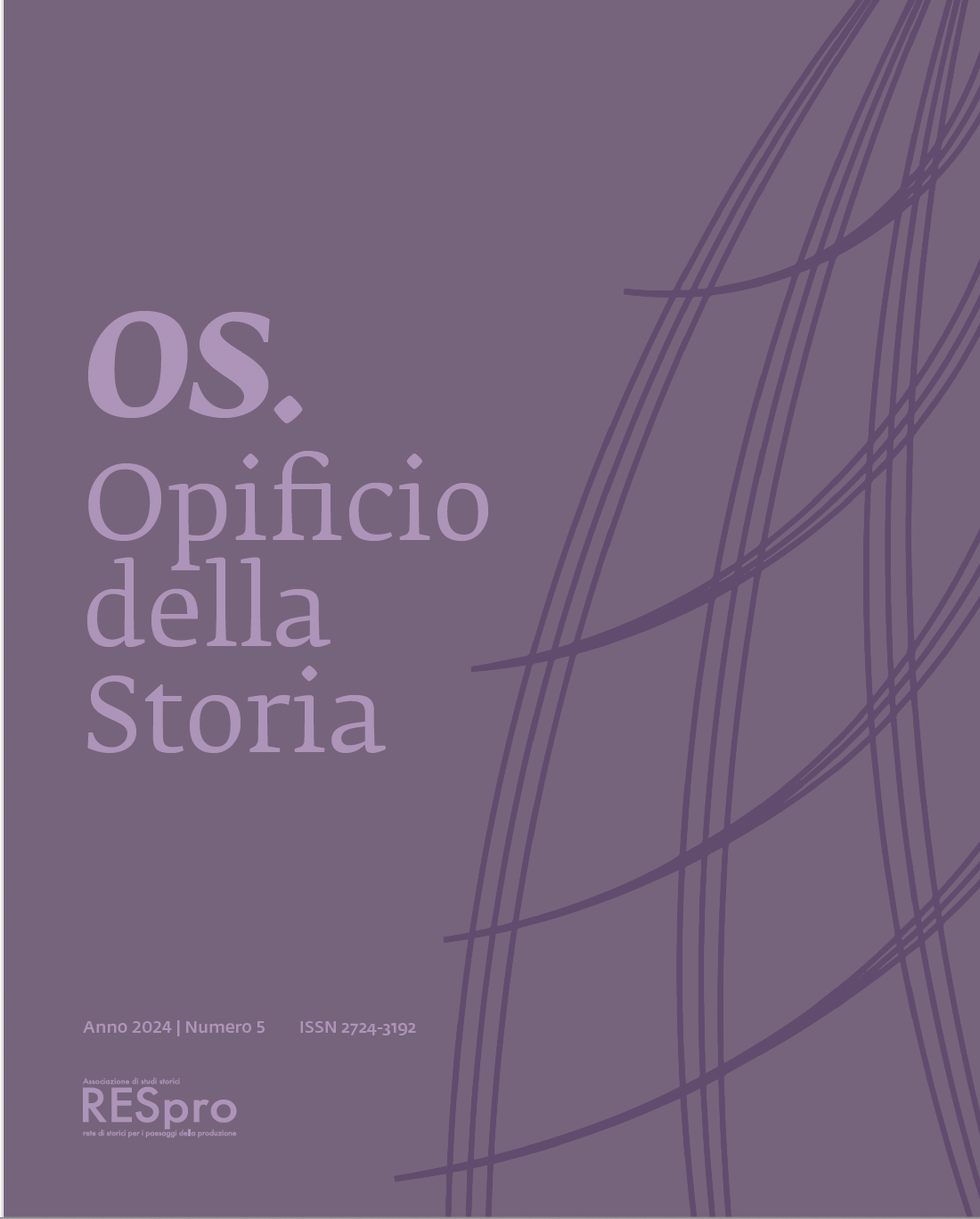The Ruhr Industrial Cultural Landscape. History, new use and significance
Abstract
The text discusses the industrial cultural landscape of the Ruhr region, highlighting its historical transformation, current use, and significance. The preservation of these landscapes, now obsolete due to economic, social, and cultural changes, presents significant challenges for owners, local authorities, and society as a whole. The basis for conservation is the recognition of the social value of industrial heritage and its importance for future generations.
According to the Faro Convention of 2005, places of memory are not static but dynamic, to be considered as palimpsests in continuous change. The text also emphasizes the ecological importance of preserving built heritage, noting that the renaturalization of the industrial landscape should not compromise its historical integrity.
The Ruhr region, once the heart of the European coal and steel industry, has undergone a profound structural change since the late 1950s. However, thanks to urban renewal projects like the IBA Emscher Park, many industrial sites have been transformed into public, cultural, and residential spaces, while preserving their historical integrity.
In summary, the text underscores how the conservation and enhancement of the Ruhr’s industrial heritage have led to significant social and ecological outcomes, serving as an international model for the sustainable management of industrial heritage.
Downloads
Copyright (c) 2024 History Factory

This work is licensed under a Creative Commons Attribution 4.0 International License.


